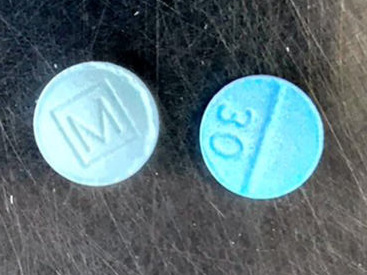A Pained Life: We Need More Than Opioids
/By Carol Levy, PNN Columnist
There is no question we need to be active and stay on top of what the CDC and other federal agencies are doing that impedes our ability to get opioid medication. For many chronic pain patients, opioids are the only effective pain reliever.
I wonder though: In focusing almost all of our energies on the issue of opioids, are we ignoring another front that needs to be addressed?
Cancer seems like the best analogy to me, maybe the only one. There are many forms of cancer but at the end of the day they all involve the excessive growth of cells that spread into surrounding tissue. All cancers, to my knowledge, start from that one errant misfire.
In recent years we have seen cancer treatments change and become more specific -- this combination of chemotherapy for lung cancer, a different type of chemo for sarcoma or leukemia, and so on. But ultimately, they are all some form of chemotherapy.
Unlike cancer, we can’t put all of our eggs into one basket. There is no universal type of “chronic pain.” We need to have different treatments and regimens for each pain disorder.
Trigeminal neuralgia and other cranial neuropathies have a different cause and mechanism than rheumatoid arthritis and other autoimmune diseases. So do multiple sclerosis and arachnoiditis. Conditions like fibromyalgia and Chronic Regional Pain Syndrome (CRPS) are still poorly understood and difficult to treat.
Unlike cancer, we need to have multiple approaches to chronic pain syndromes. No one has come up with anything better than opioids for pain control and relief – at least not yet -- so this choice must remain accessible. But we must also not lose sight of the need for better treatments and possibly even cures for every pain condition.
We have to let it be known that we need opioids, not because they make us high, but because there is nothing else out there to take their place. It is well past time for the government to understand, if they want to end the use of opioids, they must first ensure that there are other viable options out there.
Carol Jay Levy has lived with trigeminal neuralgia, a chronic facial pain disorder, for over 30 years. She is the author of “A Pained Life, A Chronic Pain Journey.” Carol is the moderator of the Facebook support group “Women in Pain Awareness.” Her blog “The Pained Life” can be found here.
The information in this column should not be considered as professional medical advice, diagnosis or treatment. It is for informational purposes only and represent the author’s opinions alone. It does not inherently express or reflect the views, opinions and/or positions of Pain News Network.


























